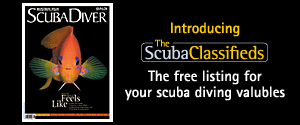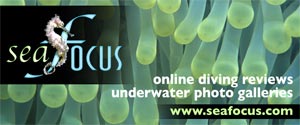- Home
- Directory
- Shop
- Underwater Cameras - Photographic Accessories
- Smartphone Housings
- Sea Scooters
- Hookah Dive Systems
- Underwater Metal Detectors
- Dive Gear
- Dive Accessories
- Diving DVD & Blu-Ray Discs
- Diving Books
- Underwater Drones
- Drones
- Subscriptions - Magazines
- Protective Cases
- Corrective Lenses
- Dive Wear
- Underwater Membership
- Assistive Technology - NDIS
- On Sale
- Underwater Gift Cards
- Underwater Art
- Power Stations
- Underwater Bargain Bin
- Brands
- 10bar
- AOI
- AquaTech
- AxisGo
- Backscatter Underwater Video and Photo
- BLU3
- Cayago
- Chasing
- Cinebags
- Digipower
- DJI
- Dyron
- Edge Smart Drive
- Eneloop
- Energizer
- Exotech Innovations
- Fantasea
- Fotocore
- Garmin
- Geneinno
- GoPro
- Hagul
- Hydro Sapiens
- Hydrotac
- Ikelite
- Indigo Industries
- Inon
- Insta360
- Intova
- Isotta Housings
- Jobe
- JOBY
- Kraken Sports
- LEFEET
- Mirage Dive
- Nautica Seascooters
- Nautilus Lifeline
- NautiSmart
- Nitecore
- Nokta Makro
- Oceanic
- Olympus
- OM System
- Orca Torch
- Paralenz
- PowerDive
- QYSEA
- Scubajet
- Scubalamp
- Sea & Sea
- SeaDoo Seascooter
- SeaLife
- Seavu
- Shark Shield
- Sherwood Scuba
- Spare Air
- StickTite
- Sublue
- Suunto
- SwellPro
- T-HOUSING
- Tusa
- U.N Photographics
- Venture Heat
- XTAR
- Yamaha Seascooter
- Youcan Robot
Seeing Red on Christmas Island
Contributed by SeannaC
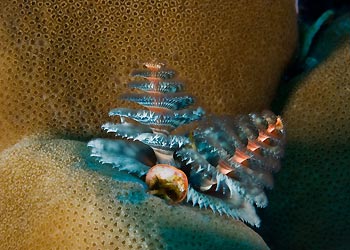 Most of my holidays revolve around diving, or a
place where I can at
least snorkel, and the colour dominating my thoughts is always blue.
Christmas Island’s waters are certainly that, crystal clear and a
strikingly deep cobalt blue. Like the Galapagos, Christmas Island has a
high rate of endemism
because of its isolation and three quarters of the island is national
park.
Most of my holidays revolve around diving, or a
place where I can at
least snorkel, and the colour dominating my thoughts is always blue.
Christmas Island’s waters are certainly that, crystal clear and a
strikingly deep cobalt blue. Like the Galapagos, Christmas Island has a
high rate of endemism
because of its isolation and three quarters of the island is national
park.
This time around though, a colour at the other end of the spectrum filled my every waking thought in the days leading up to my trip to the isolated island in the eastern Indian Ocean. All I could think about was RED, and not just any red but that particular red which gives red land crabs their name. It was my mantra, red, red, red.
And I wasn’t alone. There were many keen photographers,
videographers
and observers at Ethel Beach for the start of the annual red land crab
spawning on December 1. At the start of the rainy season millions of
mature red land crabs
migrate from their forest homes to the shore to mate, brood and release
their eggs. It is hard to fully grasp the scale of this epic
event
until you see it in person.
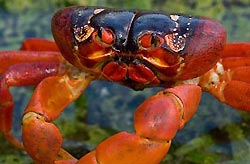
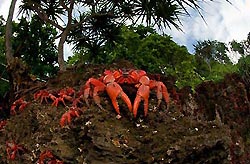
The timing of the spawnings depends on the rain, which triggers the
crabs to start their migration, as well as other conditions like the
moon cycle and tides. The crabs will only release their eggs before
sunrise on the full moon
and at the top of high tide so that their eggs are washed off the reef
under the cover of darkness. Spawnings last three to four days and the
female crabs stop releasing their eggs once the sun comes up and they
risk drying out.
Red land crabs were everywhere! From the footpath outside the
airport
to my hotel door, red land crabs were going about their business,
secure in the fact that this was their island. The crabs are protected,
as are many of the island’s animals, and many
roads are closed during the spawnings. Drivers are also warned to drive
cautiously and give crabs the right of way.
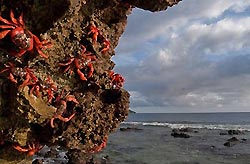

As we watched the natural event unfold by torchlight I heard one man
mutter to himself: “It’s the experience of a lifetime”. 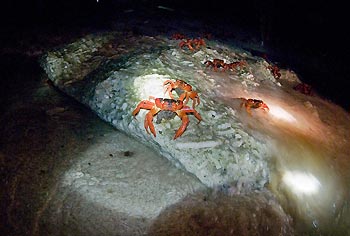 Witnessing the
culmination of a massive migration undertaken by millions of crabs is
an awe inspiring experience, yet I couldn’t help laughing at the female
crabs as they did their dance - the crab disco.
Witnessing the
culmination of a massive migration undertaken by millions of crabs is
an awe inspiring experience, yet I couldn’t help laughing at the female
crabs as they did their dance - the crab disco.
When a wave washed up the beach the crabs raised their pincers in
the
air, leaned back on their hind legs and then there was a whole lot of
shaking going on as they released thousands of tiny brown eggs into the
sea.
If you do travel to Christmas Island for the crab spawning, I highly recommend staying on the island or return to see if the baby crabs return (three to five weeks after a spawning). The eggs released during the spawning go through seven larval stages in the ocean before becoming miniature replicas of their parents. When the baby crabs return en masse, it’s like their parents’ migration in reverse as the fingernail-sized crabs emerge from the sea and cover the shore in a fine pink tide.
 The baby crabs’ return depends on a
variety of factors such as
weather,
currents and predation, so each year varies. Last year was a good year,
while this year hardly any came back.
The baby crabs’ return depends on a
variety of factors such as
weather,
currents and predation, so each year varies. Last year was a good year,
while this year hardly any came back.
If you stay on after the end of the spawning, then you will also have much better access to explore the island’s many lookouts, hiking trails and natural features such as the blow holes, the roads to which are closed during the spawnings.
During the day, after finishing watching the spawning there is some
fantastic diving and snorkeling to keep you occupied.
As Christmas Island is at the top of an underwater volcanic
ridge, and
colourful coral reefs blanket the shallows and dramatic drop offs.
Gorgonians are found in just a few metres of water and near the
entrances to many of the sea caves as well as along the deeper walls.
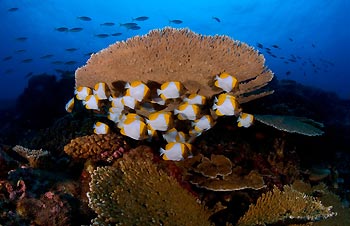 Whale sharks, along with the red
land crabs, are the poster animals for
the island and can be spotted year round but most reliably over the
summer. Other pelagic species include manta rays and spinner dolphins,
which I was lucky enough to snorkel with five days in a row.
Whale sharks, along with the red
land crabs, are the poster animals for
the island and can be spotted year round but most reliably over the
summer. Other pelagic species include manta rays and spinner dolphins,
which I was lucky enough to snorkel with five days in a row.
Shopfront
-
 SEABOB Cayago F5 S - PLATIN SILVER - CHROME edition - ex demo
SEABOB Cayago F5 S - PLATIN SILVER - CHROME edition - ex demo
- Price A$ 12,999.00
-
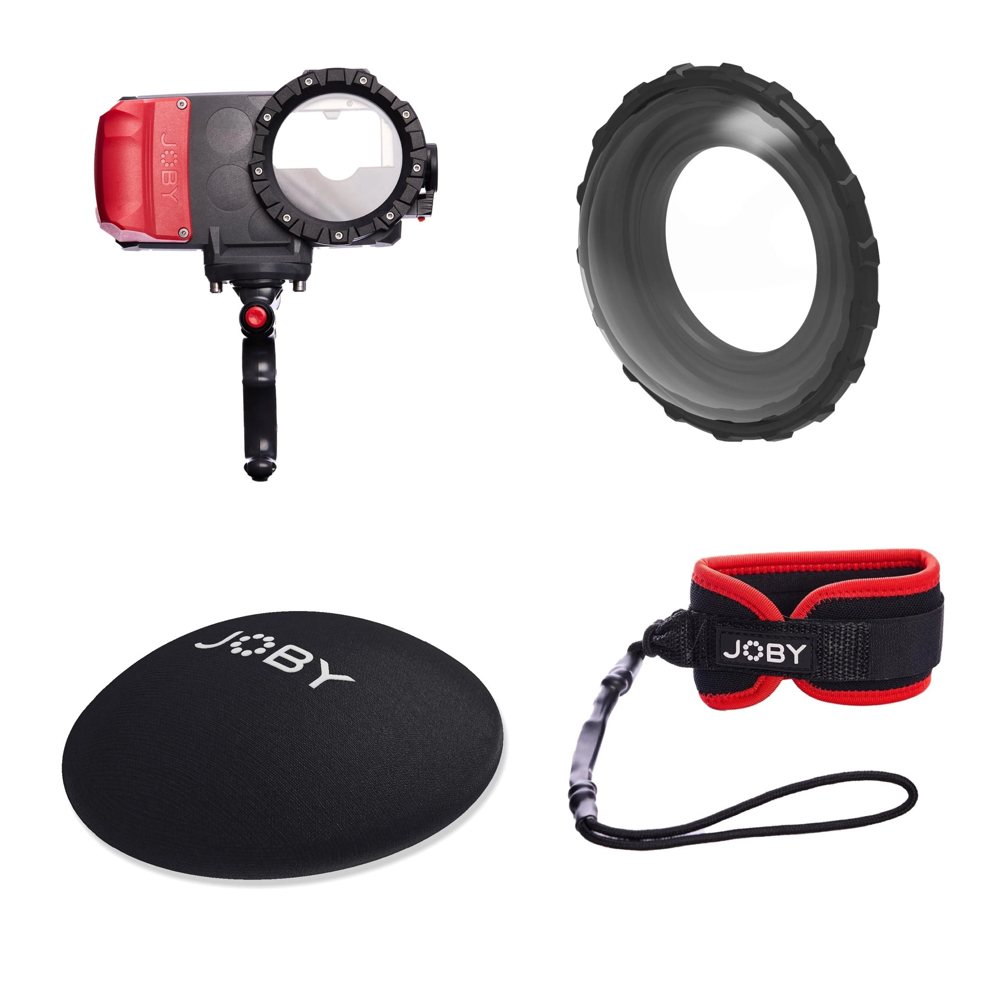 JOBY SeaPal - Over Under Kit
JOBY SeaPal - Over Under Kit
- Price A$ 764.95
-
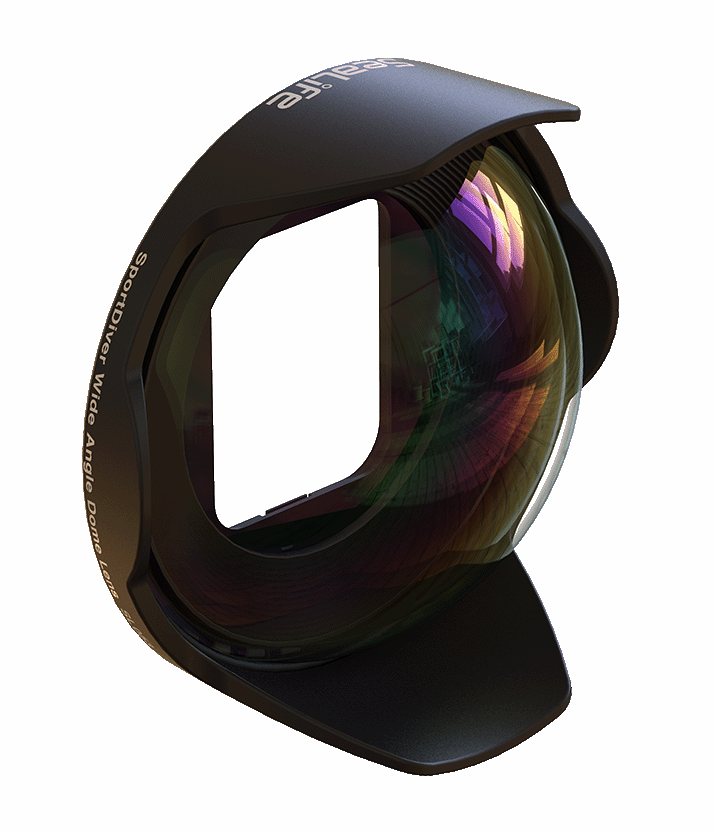 Sealife 6” / 15cm Wide Angle Dome Lens for SportDiver
Sealife 6” / 15cm Wide Angle Dome Lens for SportDiver
- Price A$ 349.00
-
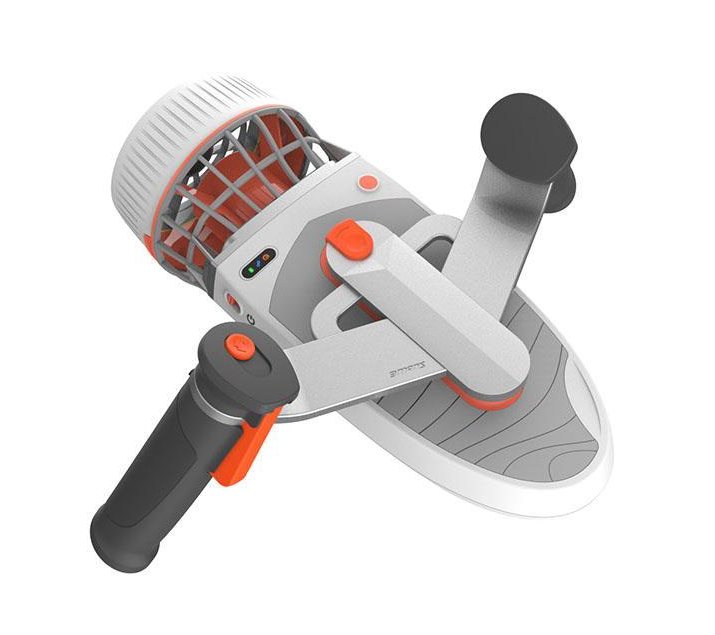 Sublue Tini - Modular Underwater Scooter
Sublue Tini - Modular Underwater Scooter
- Price A$ 799.00
-
 Kraken Hydra 6000 V2
Kraken Hydra 6000 V2
- Price A$ 849.00
-
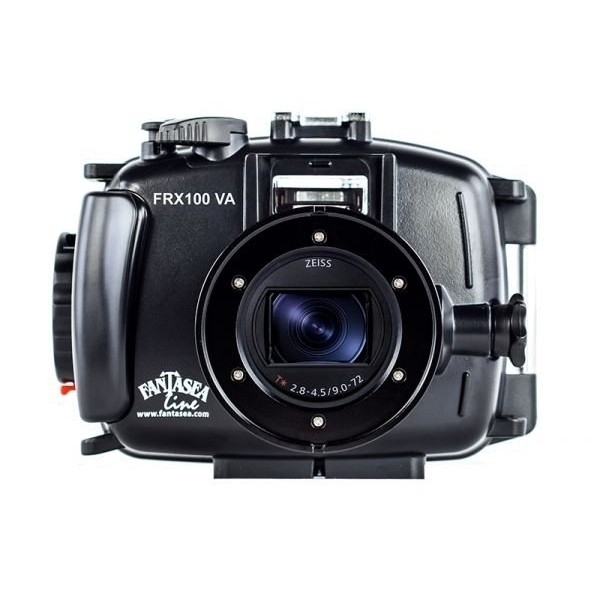 Fantasea FRX100 VA R Housing for Sony RX100 III / IV / V / VA - with optional vacuum system
Fantasea FRX100 VA R Housing for Sony RX100 III / IV / V / VA - with optional vacuum system
- Price A$ 799.00
-
 OM System TG-7 Waterproof Tough Camera - Olympus
OM System TG-7 Waterproof Tough Camera - Olympus
- Price A$ 699.00
In the Directory



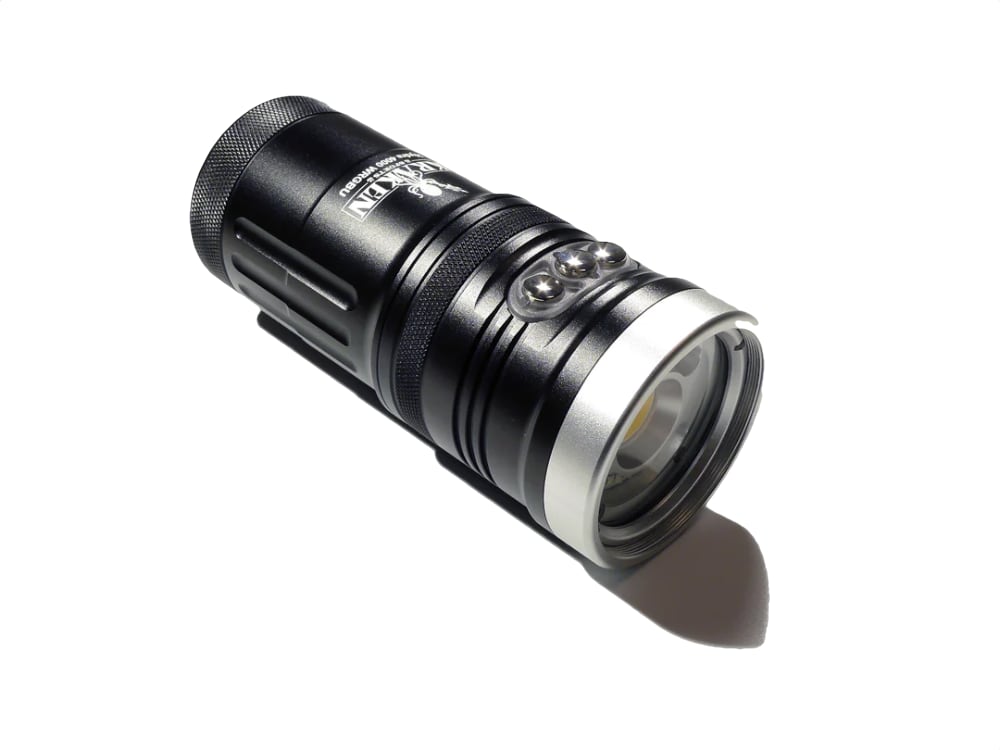

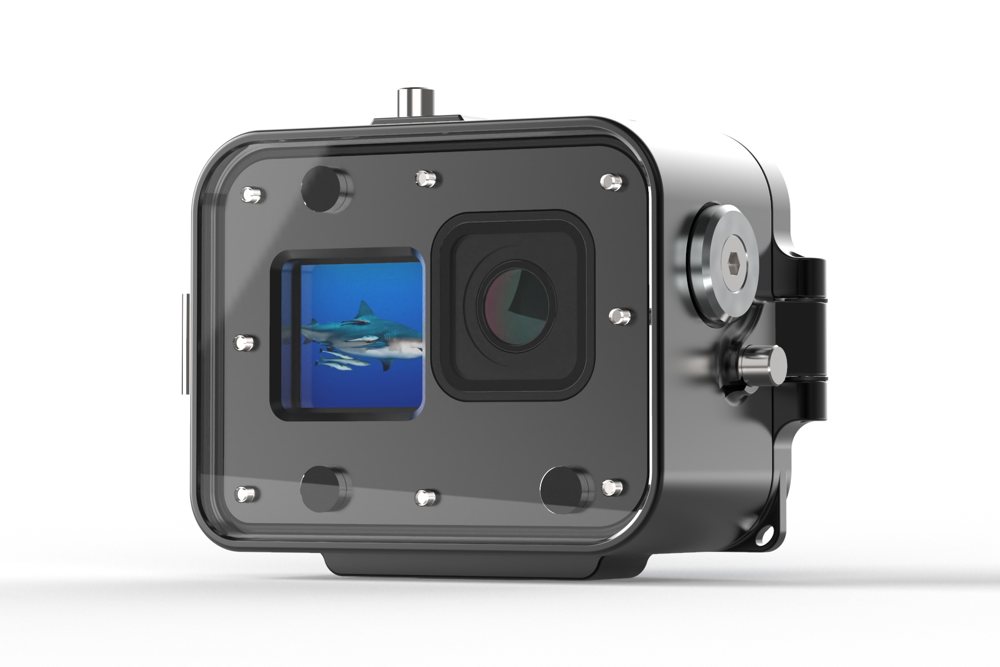
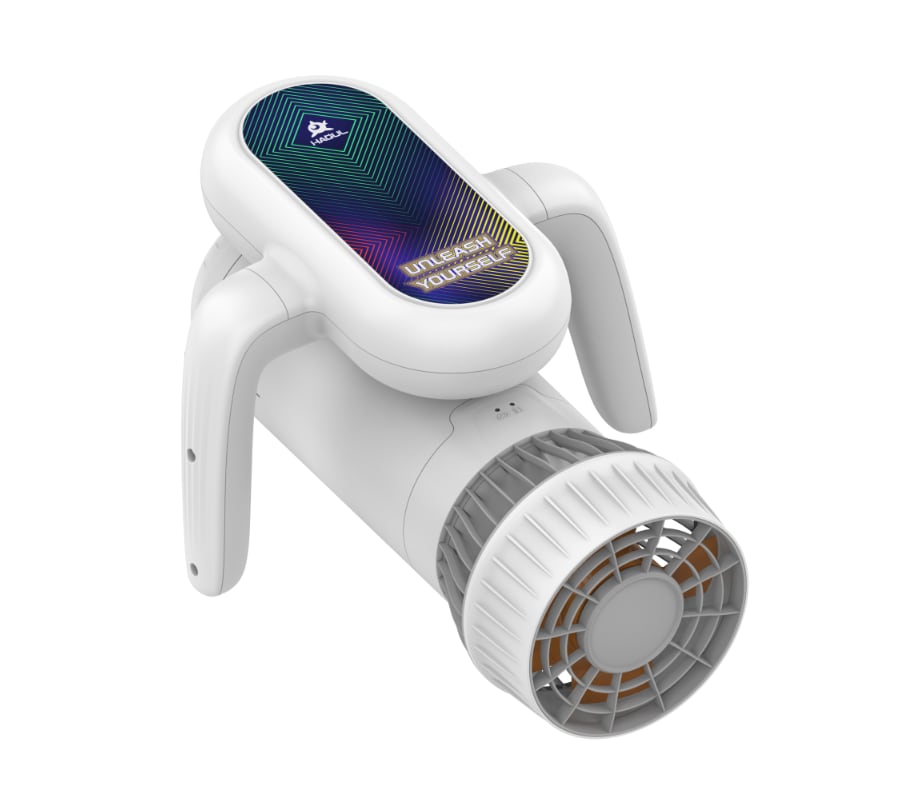
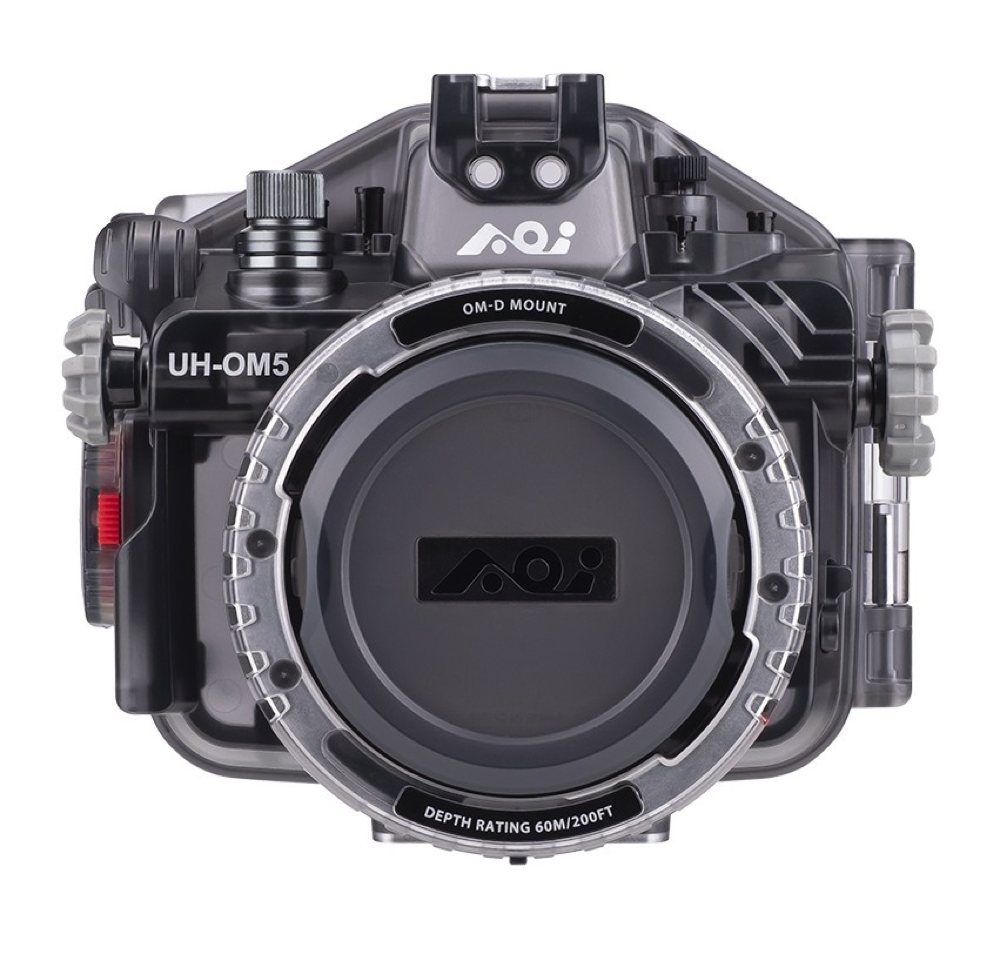
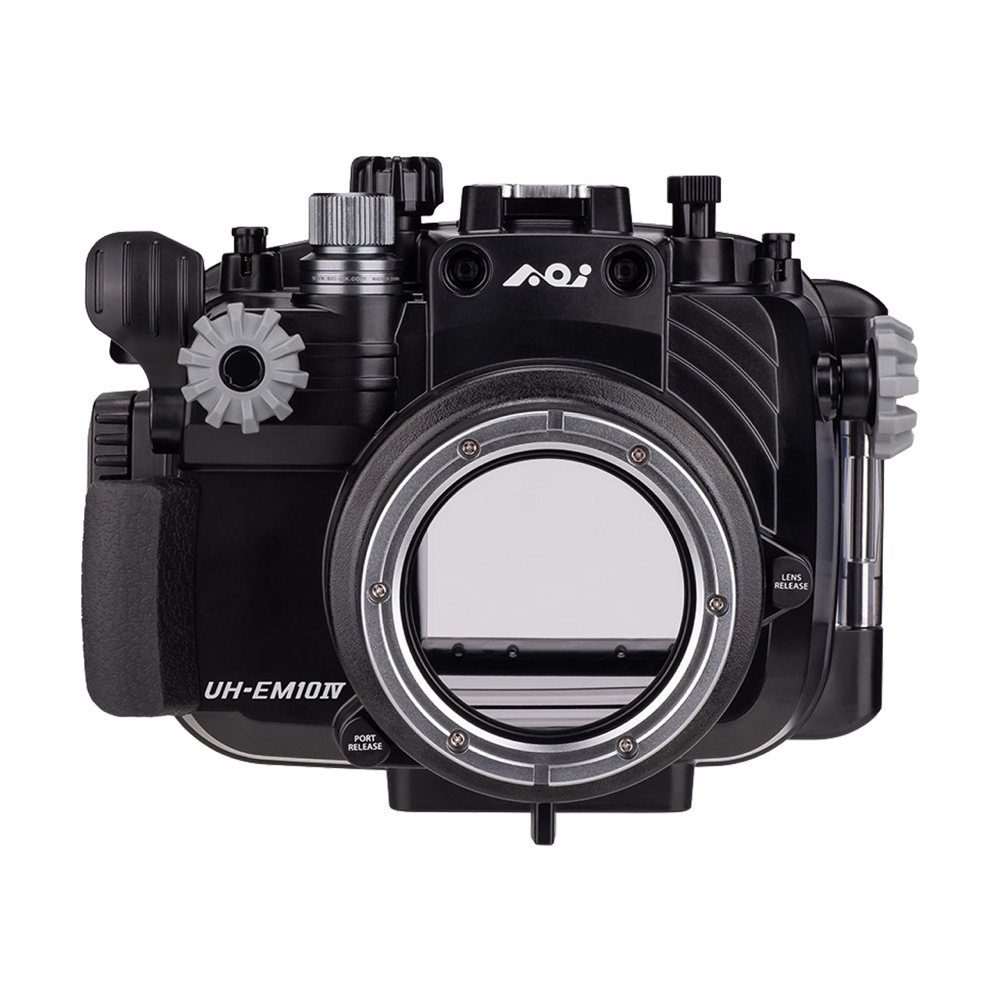
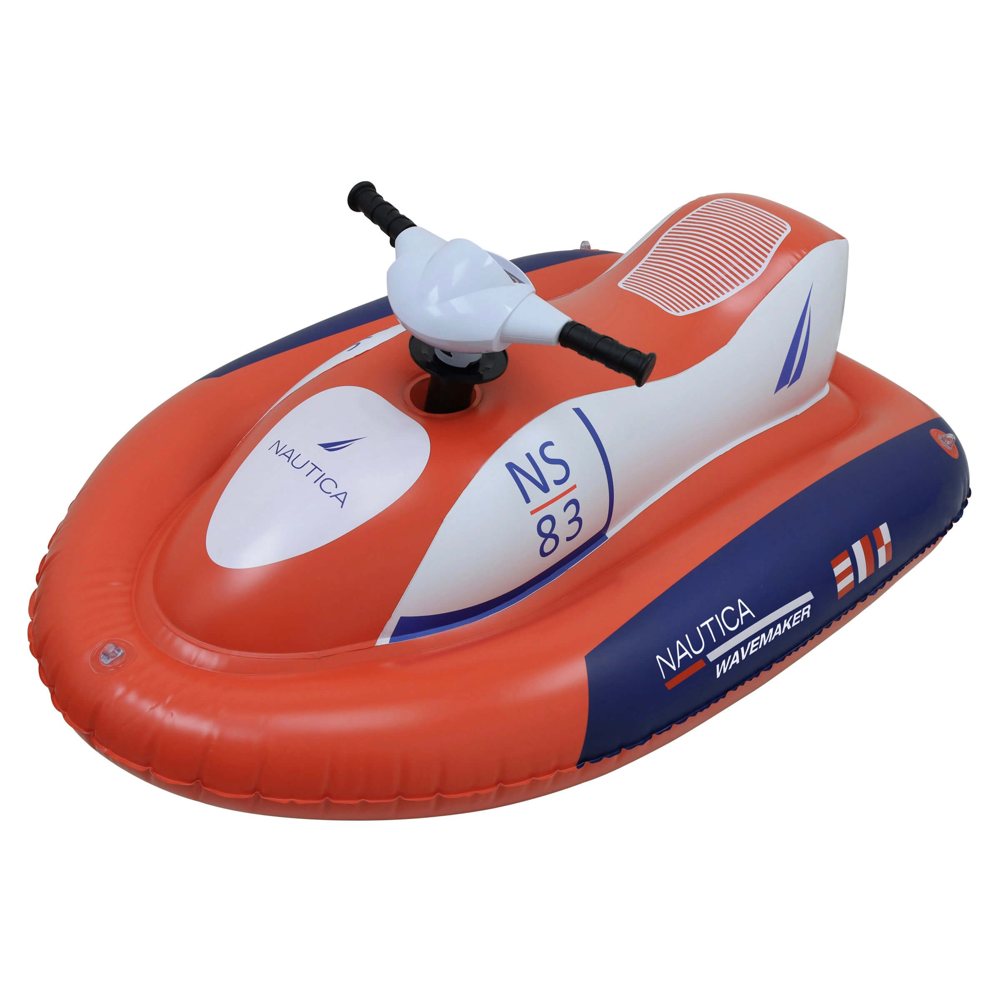
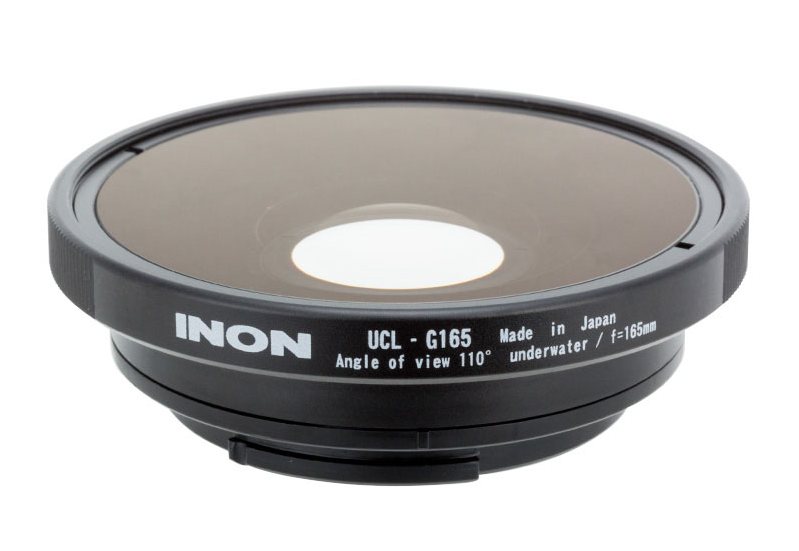



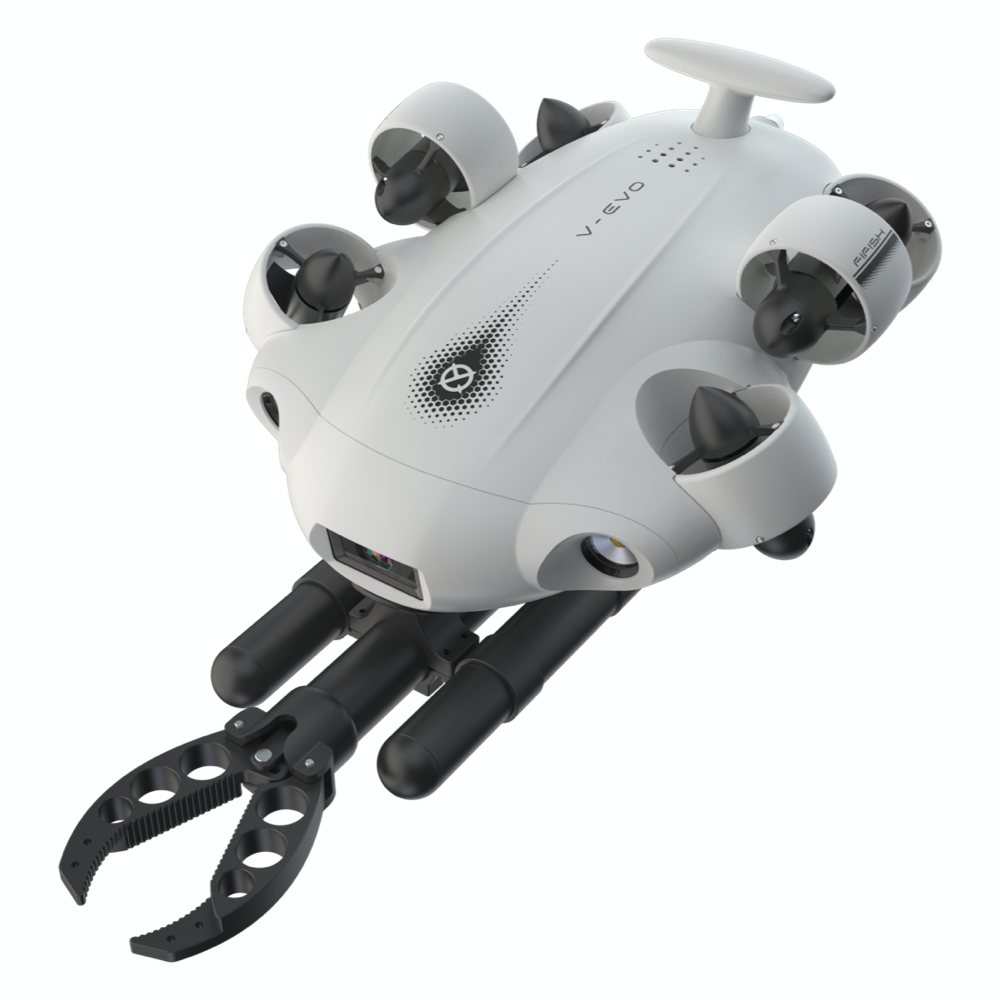 QYSEA Fifish V-EVO - Underwater Drone Kit 4K - 60fps - optional grabber arm
QYSEA Fifish V-EVO - Underwater Drone Kit 4K - 60fps - optional grabber arm 


